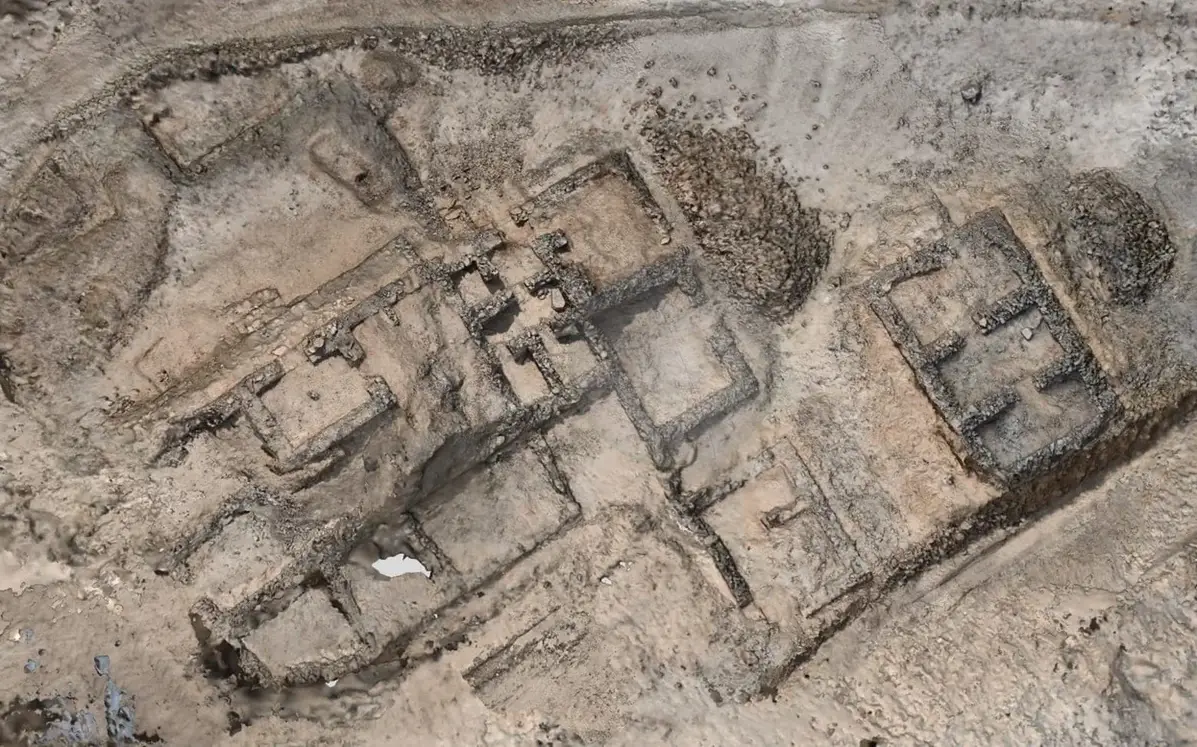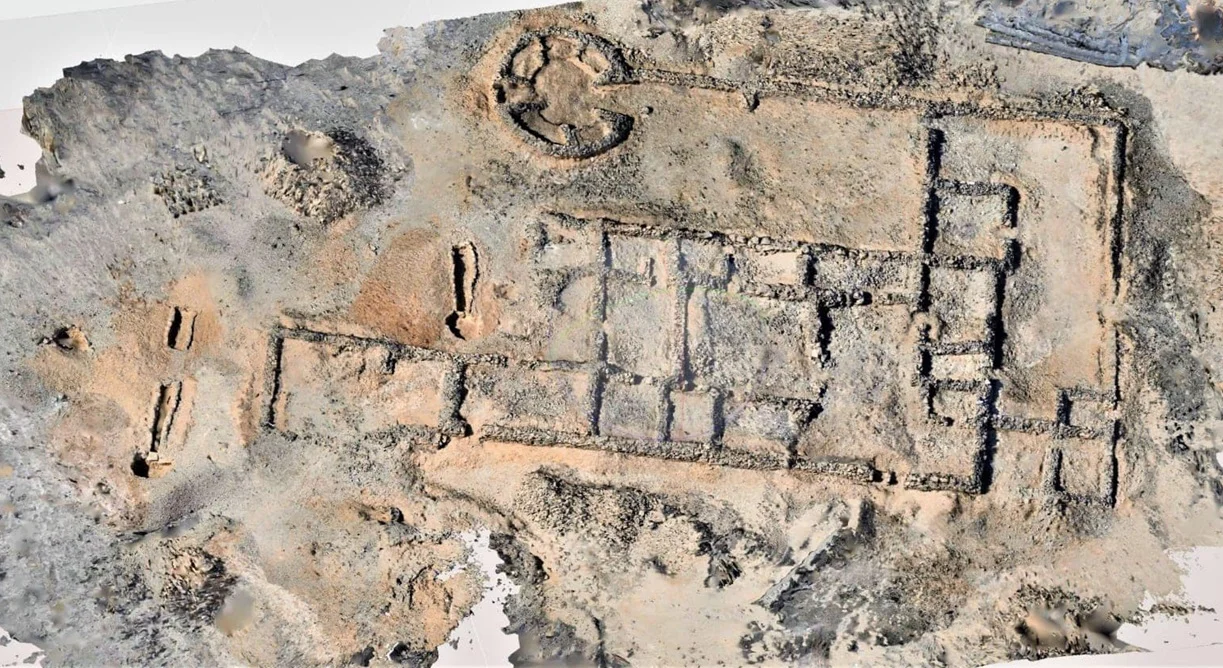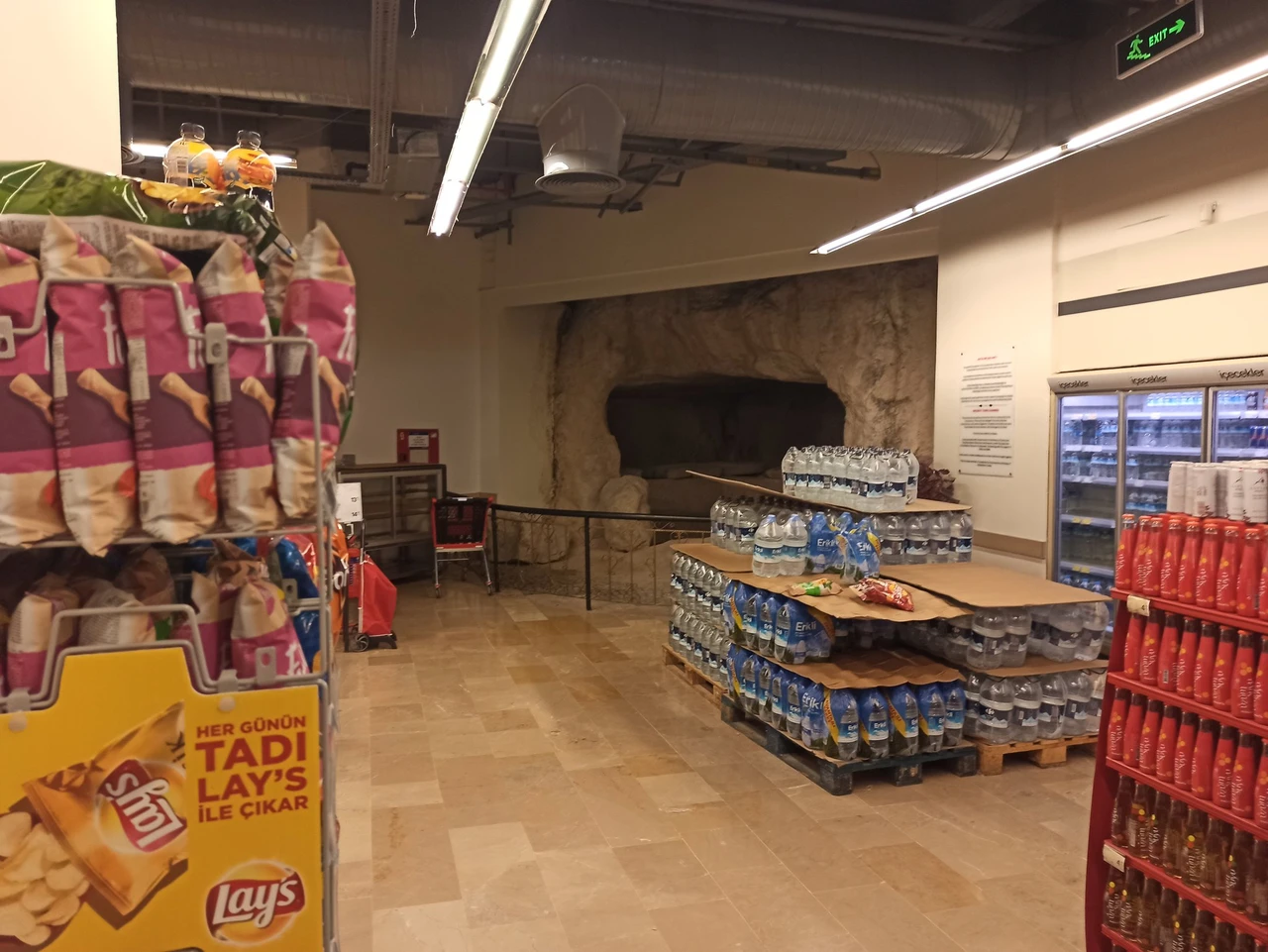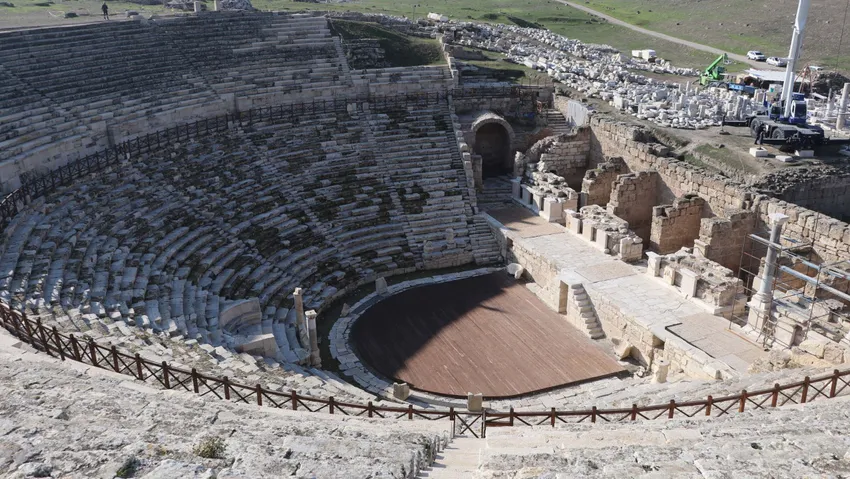In Gebel Sukari, located on Egypt’s Red Sea coast, archaeologists from the Supreme Council of Antiquities (SCA) have unearthed the remnants of a massive 3,000-year-old gold processing complex. This meticulous two-year project is shedding light on the secrets of this ancient mining center, revealing valuable insights into Ancient Egypt’s source of wealth.
Sukari Gold Mine and Historical Significance
The excavations, conducted in collaboration with the Sukari Gold Mine management, not only revealed the complex’s remains but also facilitated the careful relocation of this historical site to a secure area three kilometers from its original discovery point, outside of active mining operations. Dating back to Egypt’s Third Intermediate Period (11th century BC), this complex illuminates a time of decline and political instability in Ancient Egypt.
Gold Processing Techniques and Settlement Traces
As stated by SCA Secretary-General Mohamed Ismail Khaled, the excavations uncovered grinding and crushing stations, filtering and sedimentation pools, and ancient clay furnaces used to melt gold extracted from quartz veins. Additionally, residential traces such as gold miners’ and workers’ dwellings, Ptolemaic-era workshops, temples, administrative buildings, and bathhouses were found.

Archaeological Findings and Cultural Richness
The 628 ostraka (pottery shards) found during the excavations, inscribed with hieroglyphic, demotic, and Greek texts, provide valuable information about the period’s language and writing culture. Ptolemaic bronze coins, terracotta figurines from the Greco-Roman period, and deity statues highlight the region’s cultural richness.
A New Perspective on Ancient Egyptian Mining
Khaled emphasizes that this discovery is significant in enhancing our understanding of Ancient Egyptian mining techniques. The findings offer valuable insights into the social, religious, and economic lives of gold miners in historical desert settlements.
Architectural remnants from the Roman and Islamic periods indicate that the region was active for at least a thousand years. This highlights the historical importance of the region for gold mining and processing among Egypt’s various ruling cultures.
Cover Photo: Ministry of Tourism and Antiquities





